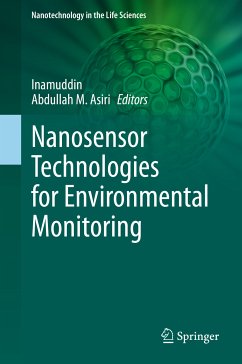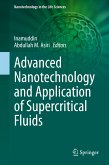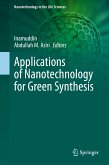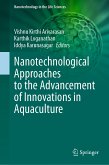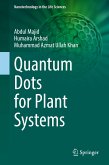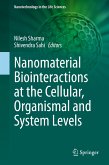Advanced materials and nanotechnology is a promising, emerging field involving the use of nanoparticles to facilitate the detection of various physical and chemical parameters, including temperature, humidity, pH, metal ion, anion, small organic or inorganic molecules, gases, and biomolecules responsible for environmental issues that can lead to diseases like cancer, diabetes, osteoarthritis, bacterial infections, and brain, retinal, and cardiovascular diseases. By monitoring environmental samples and detecting these environmental issues, advanced nanotechnology in this type of sensory technology is able to improve daily quality of life.
Although these sensors are commercially available for the detection of monovalent cations, anions, gases, volatile organic molecules, heavy metal ions, and toxic metal ions, many existing models require significant power and lack advanced technology for more quality selectivity and sensitivity. There is room in these sensors to optimize their selectivity, reversibility, on/off ratio, response time, and their environmental stability in real-world operating conditions.
This book explores the methods for the development and design of environmentally-friendly, simple, reliable, and cost effective electrochemical nanosensors using powerful nanostructured materials. More specifically, it highlights the use of various electrochemical-based biosensor sensors involved in the detection of monovalent cations, anions, gases, volatile organic molecules, heavy metal ions, and toxic metal ions, with the ultimate goal of seeing these technologies reach market.
Dieser Download kann aus rechtlichen Gründen nur mit Rechnungsadresse in A, B, BG, CY, CZ, D, DK, EW, E, FIN, F, GR, HR, H, IRL, I, LT, L, LR, M, NL, PL, P, R, S, SLO, SK ausgeliefert werden.
Es gelten unsere Allgemeinen Geschäftsbedingungen: www.buecher.de/agb
Impressum
www.buecher.de ist ein Internetauftritt der buecher.de internetstores GmbH
Geschäftsführung: Monica Sawhney | Roland Kölbl | Günter Hilger
Sitz der Gesellschaft: Batheyer Straße 115 - 117, 58099 Hagen
Postanschrift: Bürgermeister-Wegele-Str. 12, 86167 Augsburg
Amtsgericht Hagen HRB 13257
Steuernummer: 321/5800/1497
USt-IdNr: DE450055826
Bitte wählen Sie Ihr Anliegen aus.
Rechnungen
Retourenschein anfordern
Bestellstatus
Storno

